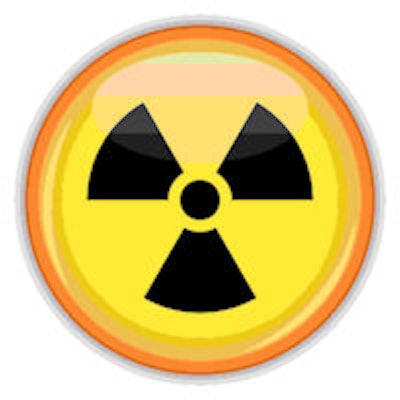
While it's all well and good for radiologists to spend more time interacting with patients, it's important to understand what patients actually know about radiation and radiologists to do this effectively. Two studies presented at the recent RSNA meeting explored these questions and came to some surprising conclusions.
Most patients don't know what ionizing radiation is and thus don't understand its risks, researchers from MD Anderson Cancer Center found. And this lack of understanding could negatively affect patients' healthcare decisions.
"We cannot hope to effectively educate patients about radiation without understanding their current knowledge level," said study presenter Dr. Joseph Rodgers Steele. "Better education leads to more accurate expectations, which translates into better decisions and a better patient experience."
Steele and colleagues designed and administered a 25-question survey to 5,462 patients that measured their knowledge about the use of radiation in medical imaging. The survey asked participants for the definition of ionizing radiation, which types of diagnostic imaging use it, relative associated radiation doses, doses in imaging compared to other activities, risks from radiation exposure, whether information about radiation risk had been provided to them before their exam, and whether they desired information about the risks and benefits of medical imaging.
Ionizing radiation?
Only 22% of survey participants could define ionizing radiation, Steele's group found. Twenty-seven percent of the participants said that radiography does not involve radiation exposure, while 30% said that MRI does. Only 36% said that CT exposes them to ionizing radiation.
Survey participants were also asked to identify the medical imaging exam that delivers the highest radiation dose from a list of exams (chest x-ray, chest CT, whole-body PET, nuclear medicine bone scan, and abdomen MRI); only half responded, but the highest fraction correctly identified whole-body PET.
Steele's group also obtained the following responses:
- 95% of participants said they believe the studies they receive are valuable in treating their condition.
- Only 21% reported that a doctor had discussed the risks and benefits of their most recent imaging study.
- 40% said they would have the exam regardless of the risk-benefit ratio.
The researchers also found that patients often did not understand the risks of imaging, believing that risks from CT exams included heritable mutations (12.2%), sterility (23.5%), and acute radiation sickness (12%), Steele said.
"Patients believe that the studies they undergo offer a benefit that is large compared to the risk, and as providers we owe it to them to ensure this is the case," Steele said. "Using the information learned in this survey, we can target our educational efforts to have the highest impact on patient education."
Who interprets the images?
In a related study that also used a patient questionnaire, Canadian researchers explored whether patients understand who interprets their images. Dr. Samer Dabbo, from the University of Toronto, and colleagues found that the majority of patients recognize radiologists as the medical doctor responsible for interpreting imaging exams.
Dabbo's group focused on adult patients who had undergone emergency ultrasound after hours; 271 surveys were completed, with patients ranging in age from 18 to 76. More than three-quarters of survey respondents had a college degree.
When asked which healthcare provider is responsible for interpreting exam images, the patients responded as follows:
- 51% identified radiologists
- 40% identified emergency doctors
- 7% identified family doctors
- 2% identified nurses
Even more good news? Seventy-six percent of the survey respondents recognized radiologists as medical doctors, Dabbo said. In addition, 72% of patients said they would like to speak directly with the doctor who read their study.
"The majority of patients recognize radiologists as medical doctors who are primarily responsible for interpretation of the examination," he said. "And the majority would prefer to speak directly with the individual who interprets their scan."




















